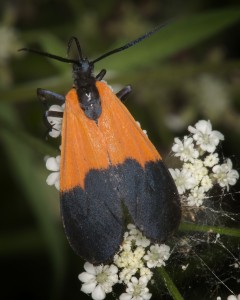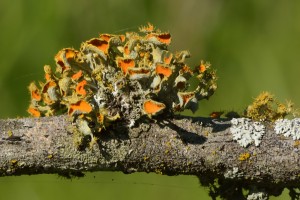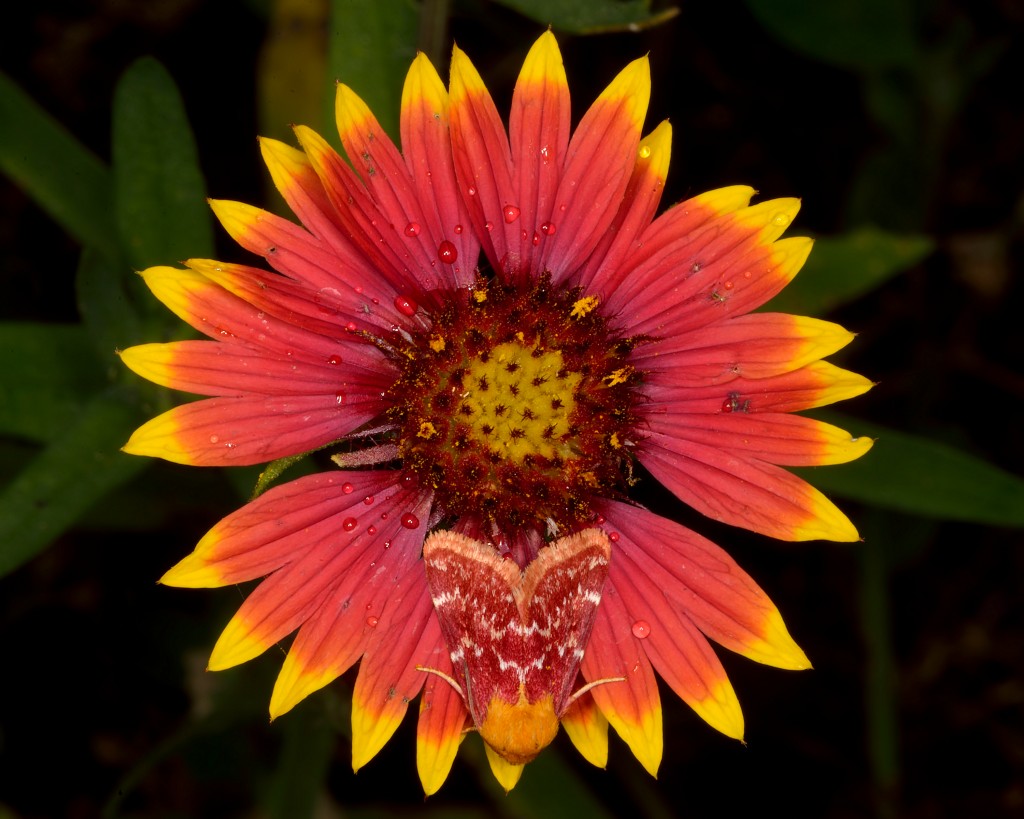If you aspire to being something more than a guide, or an usher, or a glorified bush beater, then you will need to provide a service beyond finding things. You will need to find meanings.
Every program or tour doesn’t need to have a theme. You can function as a guide for example, and themes may never cross your mind. Take bird guides. Bird guides can find, call, attract, and identify birds. As long as they can do the above, a bird guide will be successful. Birding clients demand little more than an expanded life list. This isn’t interpretation, though. This is guiding.
If you aspire to being something more than a guide, or an usher, or a glorified bush beater, then you will need to provide something beyond finding things. You will need to find meanings. The moment that you cross that fine line between a thing and its meaning, you enter the rarefied air of interpretation.
Interpreters explore meanings. Meanings aren’t spoon-fed to the listener or reader. An interpreter only prepares the fertile ground where the visitor’s own meanings will grow. A theme is one way to define the boundaries of this fertile ground.
Themes shouldn’t throttle meanings. Themes are meant to be flexible, malleable. In fact, one strategy of guerrilla interpretation is to adapt the theme of a program as opportunities present themselves.
Adaptability is one of an interpreter’s greatest strengths when interpreting nature, for example. Nature changes with every new day, with every new moment. You can walk the same trail every day for the remainder of your life, and each day’s experiences will be singular. Why not take advantage of what each moment brings by being alert to their interpretive opportunities?

Here is an example. I walked along the Colorado River in Austin last week, just as I do virtually every day. I carried my camera (as I do virtually every day, as well). I noticed an interesting moth perched on a beggar’s tick (hedge-parsley), and took a couple of quick images. I identified the moth as a black-and-yellow lichen moth. The caterpillars of this moth only eat lichen.
Now, think of where I could take the program based on this one moth. I could talk about specialization, and how evolution favors those organisms that succeed by specializing in a way to avoid competitive exclusion. I could then interpret the lichens that the caterpillars are feeding on. I could talk about how lichens have succeeded through the symbiotic relationship between a fungus and an algae (or a cyanobacteria). I could talk about how lichens also have few competitors, and that the moth’s caterpillars are among the few predators that a lichen faces. And, I can pose the obvious question. What happens to a specialist when that plant or tree they depend on has been eliminated or destroyed? No lichen; no lichen moth.

I would argue that the opportunity of the moment, the moth, gives me enough material for several programs, each branded and bound together with its own theme (symbiosis, specialization, competitive exclusion). I probably would have chosen specialization as my theme since I know of other species and stories along the way that will fit under that theme. Along the same trail, there is a sawfly whose young only feed on poison ivy, and a beetle that only feeds on the Hercules club tree. From there, I could expand to include the notion of biodiversity and endangered species.
Or, maybe I would have organized my walk around cryptic species, those that blend in with their surroundings. An example that I often see along my trail is the Indian blanket moth (Schinia volupia). The caterpillars of this moth only feed on Indian blanket (Gaillardia pulchella), and the adults are rarely seen away from the blossoms.
Guerrilla interpretation like I have described isn’t for everyone. Here’s an analogy. There are musicians that play from a written score. An orchestra is the perfect example of this approach. You play the notes that have been written for you.
On the other hand, there are musicians that take a basic melodic line and then extemporize. Jazz is the perfect example of such an approach. When you extemporize you walk the tight rope without a net. Not everyone is comfortable with playing extemporaneously, just as not everyone is comfortable with guerrilla interpretation. But, if you have the chops (talent, skill, experience, inspiration), this approach offers additional, expanded opportunities for engaging and inspiring an audience.
I may start a walk themelessly, and wait for the opportunity of the moment to bring inspiration and order to my walk. But, this isn’t to say that my program or talk remains themeless. I am an interpreter, not a guide. I simply wait for nature to give the cue.

